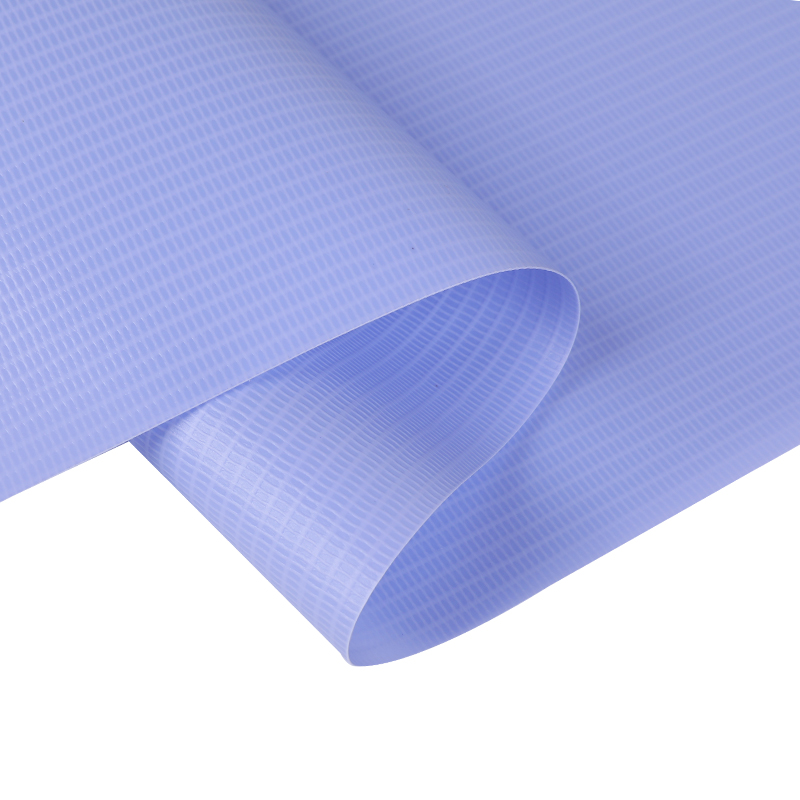The history of banner advertising is a fascinating journey through technological advancements and evolving aesthetic preferences, reflecting broader changes in society and communication. From its earliest manifestations to the modern innovations we see today, the development of banner advertising has been marked by a series of significant technological and material innovations that have greatly enhanced its effectiveness and visual impact.
Banner advertising has its roots in ancient civilizations where banners and flags were used for various purposes, including military and ceremonial functions. The use of banners as a form of advertisement can be traced back to the Renaissance period, when merchants and tradespeople used painted signs to promote their businesses. These early banners were often hand-painted on cloth or wood, and their designs were simple yet effective in attracting the attention of potential customers.
The Industrial Revolution marked a turning point in banner advertising. The advent of mass production technologies in the 19th century led to the development of more sophisticated and durable materials for banners. The introduction of lithographic printing techniques allowed for the mass production of colorful and detailed banners, making them more visually appealing and effective in capturing public interest. This period saw the rise of large-scale advertising campaigns, particularly in urban environments, where banners were prominently displayed to reach a growing consumer base.
The 20th century brought about a series of revolutionary changes in materials and technologies used in banner advertising. The development of synthetic materials such as PVC and vinyl provided new options for banner production, offering greater durability and resistance to weather conditions. These materials proved to be ideal for outdoor advertising, as they could withstand exposure to sun, rain, and wind without deteriorating quickly. The introduction of digital printing technology in the late 20th century further transformed the industry, enabling more intricate designs and a broader range of colors to be used in banner production.

One of the most notable advancements in recent years is the innovation of backlit banners, including backlit matte flex banners. This technology involves illuminating the banner from behind, which enhances visibility and impact, especially in low-light or nighttime conditions. Backlit banners often feature a matte finish, which reduces glare and reflections, providing a more sophisticated and glare-free appearance. This combination of backlighting and matte finish has become a popular choice for high-visibility advertising in urban areas and for large-scale promotional displays. The development of LED technology has further improved the efficiency and brightness of backlighting systems, making them more energy-efficient and cost-effective.
Throughout its history, banner advertising has evolved to incorporate new materials and technologies that enhance its effectiveness and visual appeal. From hand-painted signs to advanced digital and backlit banners, each innovation has contributed to the ability of banners to capture attention and communicate messages effectively. As technology continues to advance, it is likely that we will see even more sophisticated and engaging banner advertising solutions in the future, continuing the rich tradition of this influential form of communication.











